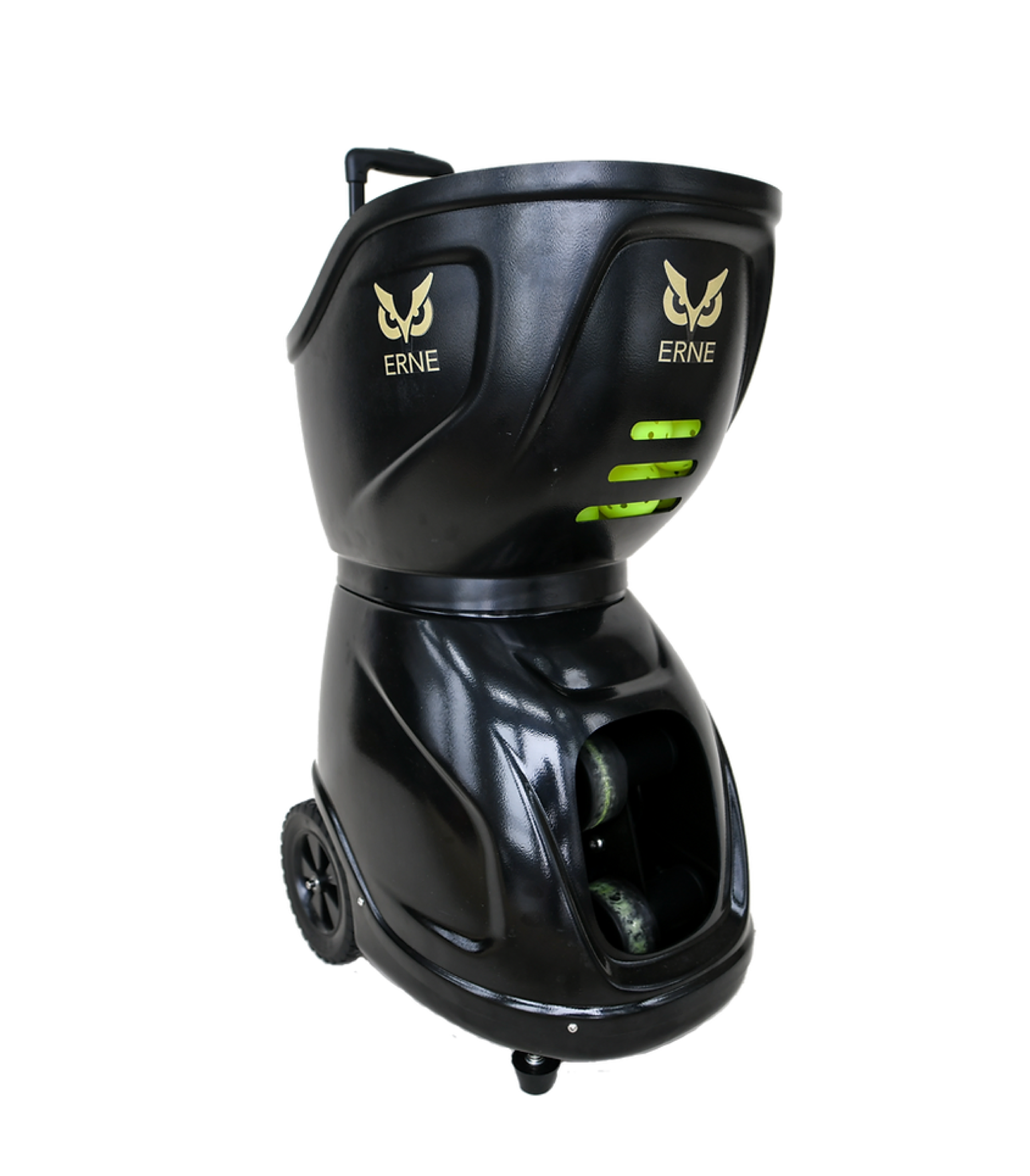Anticipate Your Opponent's Shots in Pickleball: Read Them Every Time
Last Edited
Aug 19 2024
Category
Instruction
One of the most crucial skills in pickleball is the ability to anticipate your opponent’s shots.
Knowing where the ball is going before you can even hit it provides you a head start and can be the difference between winning and losing a point.
This is especially true when all players are at the kitchen line and a fast exchange breaks out. You only have milliseconds to react, so simply watching what plays out isn't good enough.
You have to READ your opponents. But how do you do that?
The Paddle is a Predictor
Your opponent’s paddle position is one of the most reliable indicators of what shot they’re about to make.
Here’s how to read it:
- Angle and Direction: If the paddle face is angled down (e.g. the logo or design is facing down, not the side), expect a drop or slice. A more open face could indicate a lob or a softer shot. Conversely, a paddle drawn back suggests a powerful drive is coming your way.
- Backswing and Follow-Through: A large backswing usually means your opponent is gearing up for a hard shot, like a drive. A shorter, more controlled backswing typically signals a dink or soft shot.
By paying close attention to your opponent’s paddle, you can often predict not only the type of shot, but also the direction the ball will go in.
Body Language and Positioning
An opponent’s body positioning can also reveal a lot about their next move:
- Footwork: Quick, precise footwork towards the ball usually indicates an aggressive play.
- The Lean: If you notice your opponent is off-balance or leaning in a particular direction, it’s likely they’ll hit the ball in that direction.
- Shoulder & Hip Alignment: Where the shoulders and hips point is often where the ball will go. If your opponent’s body is angled cross-court, you can almost always expect a cross-court shot. Straight-on alignment usually means a down-the-line shot.
Understanding these cues can help you pre-position yourself to counter their shots effectively.
Eye Movements: The Hidden Tell
Eyes can be incredibly revealing. While it’s a more subtle cue, your opponent’s eyes often telegraph where they intend to hit the ball:
- Direct Gaze: If they’re staring at a particular spot on the court, chances are that’s where the ball is going.
- Quick Glances: Rapid shifts in gaze might indicate a feint or misdirection. But more often, they’ll be looking at their target.
By training yourself to pick up on these small details, you can gain a split-second advantage.
Mastering the Transition Zone
The transition zone—where players move from the baseline to the non-volley zone—can be a tricky area. Here’s how to navigate it with anticipation:
- Paddle Height: A high paddle position often signals an impending attack. If you see your opponent’s paddle drop, it’s safer to advance.
- Body Position: When your opponent is preparing for a low shot, they’ll typically bend their knees and lower their paddle. This is your green light to move forward aggressively.
By reading these signals, you can better judge when to move forward and when to hang back.
More on navigating the transition zone here
An Example
Watch this pro pickleball point:
@thekitchenpickleball Jack Sock is a whole different animal. 🦈 #pickleball #pickleballtiktok #pickleballplayers #pickleballhighlights #pickleballcourt #pickleballpro #pickleballaddiction #pickleballislife #highlights #foryou #fyp #thekitchen ♬ original sound - The Kitchen Pickleball
We're not even sure if this counts as the smartest play ever from Jack Sock (the guy on the far side of the court who runs around a lot). But it sure was a smart read.
Actually, it was TWO smart reads: the first time, Jack notices his opponent in black start winding up to drive to his partner, who's still back near the baseline.
So he goes for a bold poach, hoping to end the point. Props to the opponents for getting that one back.
But Jack's not done. He manages to reset the ball, sees his opponent winding up to place the ball where nobody is, and starts running in that direction for another slam.
To truly anticipate shots like a pro, you need to combine all these elements:
- Watch the Paddle: It’s your first clue.
- Read the Body: It confirms the direction.
- Track the Eyes: It’s the final tell.
Incorporate these insights into your drills and practice sessions.
Over time, your ability to anticipate will become second nature, allowing you to dominate the court.














